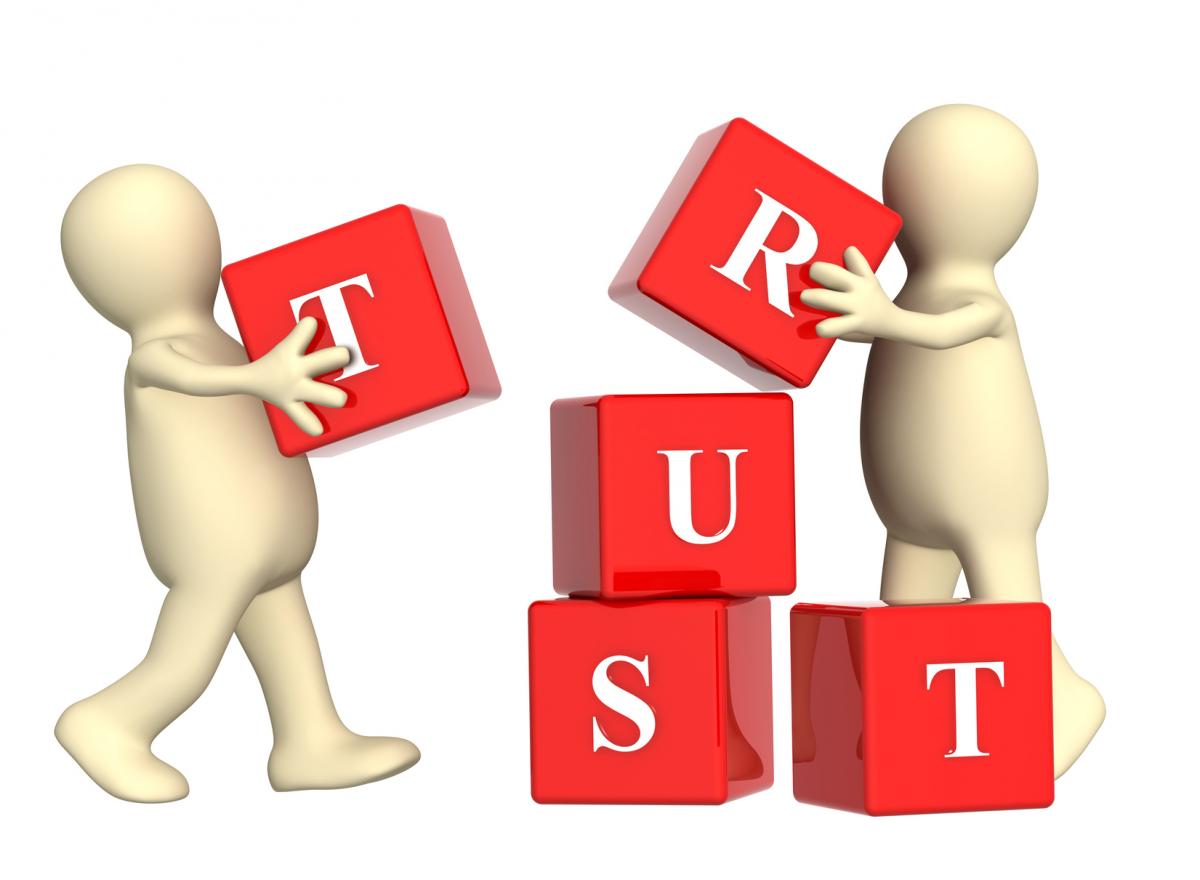

This article was published as part of ECA`s #ReportingMatters campaign, in which we asked seven experienced pilots and accident investigators (referred to as ECA Just Culture Ambassadors) to write about Just Culture, safety & reporting matters in the aviation industry and beyond.
As we talk about Just Culture, the main focus is on the front line operators such as pilots and controllers in relation to the management of their organisations or in relation to the judicial authorities. However, considering the environments that foster Just Culture, promote reporting of incidents, and endorse cooperation in safety investigations, a third party is also important and needs to be mentioned. This party is the Civil Aviation Authority (CAA).

This often overlooked relation is crucial: While it is evident that the risk of judicial sanctions can frustrate an open reporting culture the same way as any disciplinary actions on reporters from their management does, what about the inspectorates? What role does the CAA play in Just Culture? And how can they facilitate it?
In brief, CAAs conduct the oversight of the operation and ensure a safe transportation system in the interest of the public. Any misunderstanding of the intention of the frontline operator involved in an incident can impose severe consequences for them; inasmuch that the CAA can withdraw one’s licence that might result in the loss of occupation.
CAAs also have to be convinced that the operators’ Safety Management System is working properly and it is their duty to support it. This means that the system (and the people behind it) must be designed and run in such a way that it can identify any unsafe situations, cope with it promptly, and prevent these unsafe situations from leading to serious incidents or accidents. It should be also kept in mind that a bad track record of any operator can lead to the withdrawal of their operator certificate.
This is where a good understanding from the inspectors of the operation and the professional standard of the organisations’ employees comes to play. And having a better understanding requires more than just looking at book covers during audits.
CAA’s inspector’s departments need enough manpower that are trained for the job and motivated to maintain close contact with the daily routine of operation. But they also need to keep enough distance to be objective and independent while be close enough to build trust and see what’s happening.
When an incident occurs, the inspector must count on the operator that its Safety Management System will work adequately, and that appropriate measures will be taken to mitigate risks. When the inspector becomes aware of the incident he should be informed on his request about these steps before starting a response of taking administrative sanctions. This shows that such as in the relationship with the judicial authority a similar two-way and balanced approach is required with CAA’s.
When, for example, a runway incursion is reported by flight crew (and ATC), this information can be used in audits. This data is normally de-identified and the inspector should closely monitor the follow up by the operator rather than only look for an argument to revoke the licence of the crew involved.
Both authorities, Judicial and CAA, have their own responsibilities in carrying out their duties. And they both have a significant influence on the reporting culture and safety investigations.
So what is vital above all is the mutual need for trust: Trust in both directions to accomplish the best possible procedures and results. The take home message, therefore, is the following: When the CAAs are aware of the incident or accident, and the pilots and others involved still feel free to report, that is when Just Culture can be built and sustained. But for that we all should know who does what in the procedure and how.
